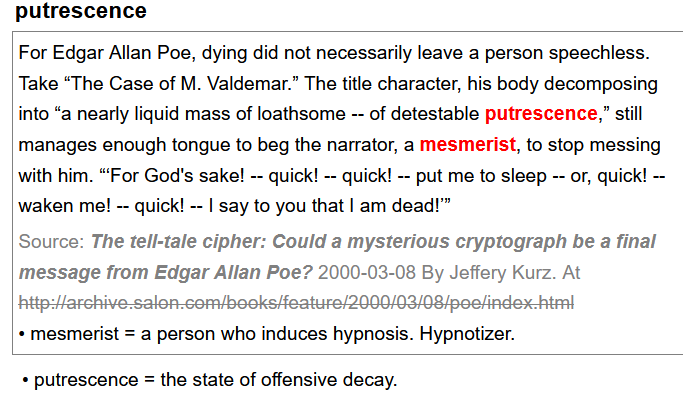English Orthography: Em-Dash vs Double-Hyphen
Em-Dash vs Double-Hyphen
English orthography. Decided to replace all em-dash by just two hyphens.
here's before and after.


reason is, basically to avoid complexity.
advantages using two-hyphen:
- Simpler tech.
- Easy to type.
- You can search it in browser by typing it.
- When in monospace font, typical in text editor, you can tell what character you have visually. With em-dash, it displays as a single hyphen.
advantages using em-dash:
- The em-dash is a traditional convention, in printing and typography. more accepted as the proper practice, especially in professionally printed material.
- The em-dash is technically prettier.
- The em-dash character has a uniq meaning. But this point is also very weak. Double-hyphen almost always also means em-dash.
more reasons to avoid em-dash:
- The meaning and practice of using em-dash is complex and varied. (e.g. as quick change of meaning, as quotation, as author attribution. And whether space surrounds it.)
- Different publications have different rules.
- Also, there are en-dash, figure-dash. Each has slightly different width, thickness, and height, and also is very much dependent on font, also their meaning and usage are quite varied and historical, and do not have universal consensus.
By the way, there are also proper symbols for hyphen, minus. They have slightly different thickness, width, positional height. Basically very confusing.
The minus sign we type from keyboard directly is called HYPHEN-MINUS in by Unicode.